Reduce stress and anxiety with this simple breathing technique
Breath = Life
As long as we are alive, we are breathing
If we stop breathing, we die
While studying for my Masters in Counselling and Applied Psychotherapy, I was enrolled in a class called Introduction to Somatics. In a paper I wrote for the subject, I detailed the importance of breath in the practice of somatic psychotherapy (and any therapy really). Breathing is related to emotion, physical tension and feelings of stress.
Related to Stress:
When in a state of stress, or sympathetic nervous system arousal, our breathing quickens and becomes more shallow. Our system is preparing us to fight, flight or freeze to escape the danger (real or imagined). A faster breath means we can escape quicker or fight with more strength. However, for many of us, this state of hyper arousal switches on and doesn’t switch off. It continues throughout our day, every day.
Related to Emotion:
Shallow and disconnected breathing is a part of our emotional defence system. It prevents unconscious feelings (ones we’ve suppressed or that are simmering beneath the surface that we’re unaware of) from reaching consciousness (our awareness) (Lowen, 1958). Nearly all strong emotions involve increased breathing (Boadella, 1984), but each emotion has its own unique, specific pattern. Think about what happens when you feel angry, your nostrils flare and the breath is short, quick and powerful.
Many of us hold our breath and contract the diaphragm in response to, and in order to repress, these strong emotions - such as anxiety, anger or fear. If this type of reaction becomes chronic, the decrease in respiration lowers the intake of oxygen and reduces the production of energy. As a result, we can experience a decrease in our ability to feel emotions, of all types, including joy, happiness and love (Lowen, 1958).
“Breath has long been an essential part of the quest to understand the human condition, to promote health and alleviate suffering”
Related to Physical Tension:
As a result of the decreased or tight breathing pattern described above, our diaphragms (the main muscle of breath) become constricted. The upper back, chest and stomach also tighten. A feeling of chronic tension, tightness or discomfort arises. This can mean - stiff necks, sore backs and more.
I hope by now, you’re convinced about the importance of breathing.
Breath Practice:
1:2 ratio breathing
Explanation:
1:2 ratio basically means working towards a longer exhale than inhale. The inhale may be a count of 3 while the exhale is a count of 6.
Why:
The exhale has the qualities of: slower heart beat, elimination, detoxifying, de-stressing, relaxing, ease.
Think of what it feels like to sigh - a big release!
Our system moves into parasympathetic, the state of rest and digest, relaxation
Rest & Digest means: the immune system function improves, digestion improves and a host of other functions which heal and repair us.
How:
Find a comfortable place to sit where you won’t be interrupted. This can be on the sofa, in a chair, on the floor, in your car…
Close your eyes.
Start to breathe with awareness but ease. After a few rounds, count how long your natural inhale is (you may count 1, 2,3 or 1,2,3,4 etc.).
Overtime, work to extend your exhale so that it is double the length of your inhale.
This may not be comfortable or feel possible your first time. Instead, simply explore how long your exhale can be. Where is the comfortable place? Practice there.
Want to learn more?
Interested in personalised breathing practice just for you or meeting me for therapy sessions together?
References:
Boadella, D. (1984). Embryology and therapy: Collected papers from energy and character. Weymouth, Dorset: Abbotsbury Publications, Rodden.
Lowen, A. (1958). Physical dynamics of character structure: Bodily form and movement in analytic therapy. New York, NY: Grune and Stratton, INC.



